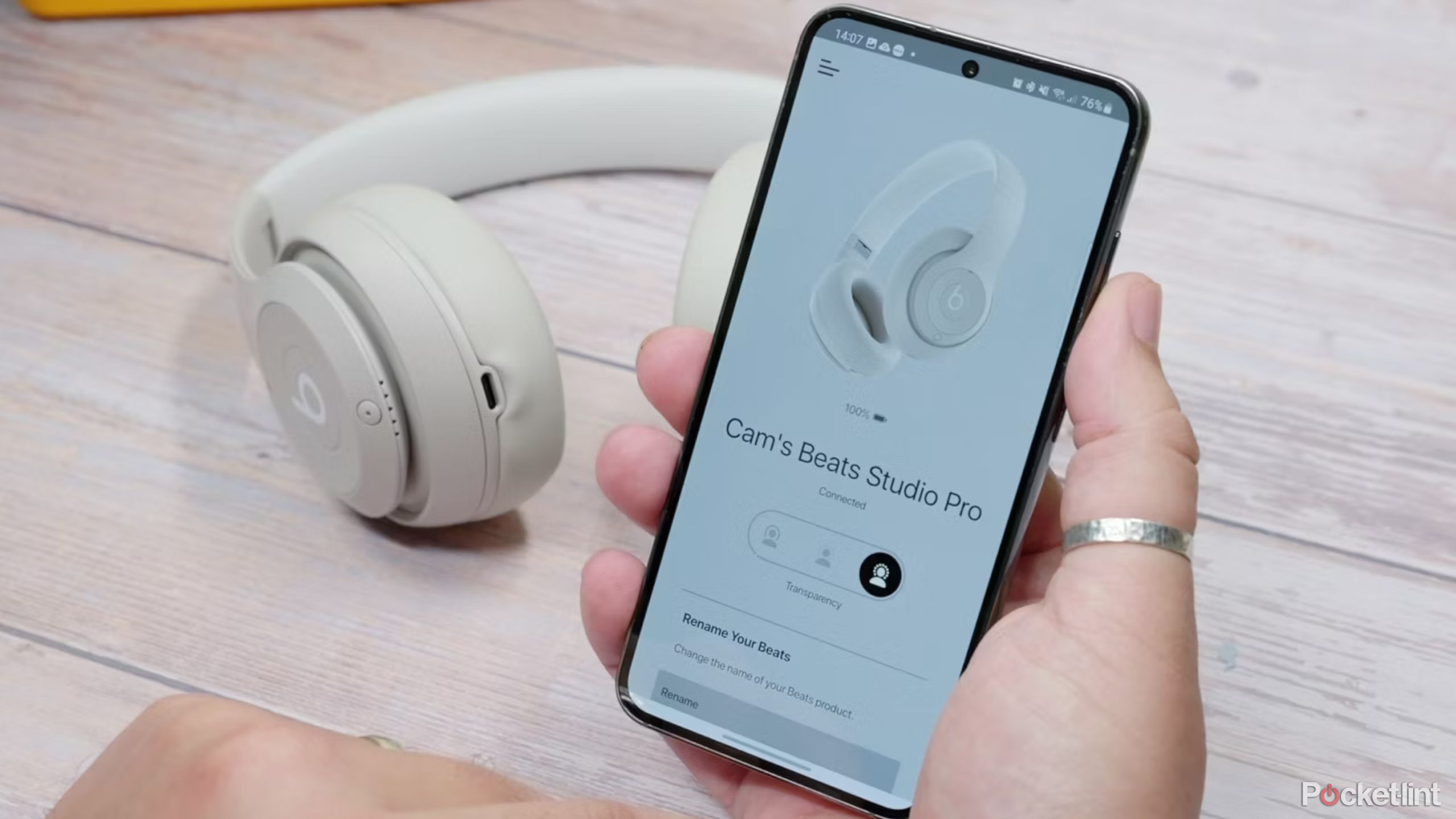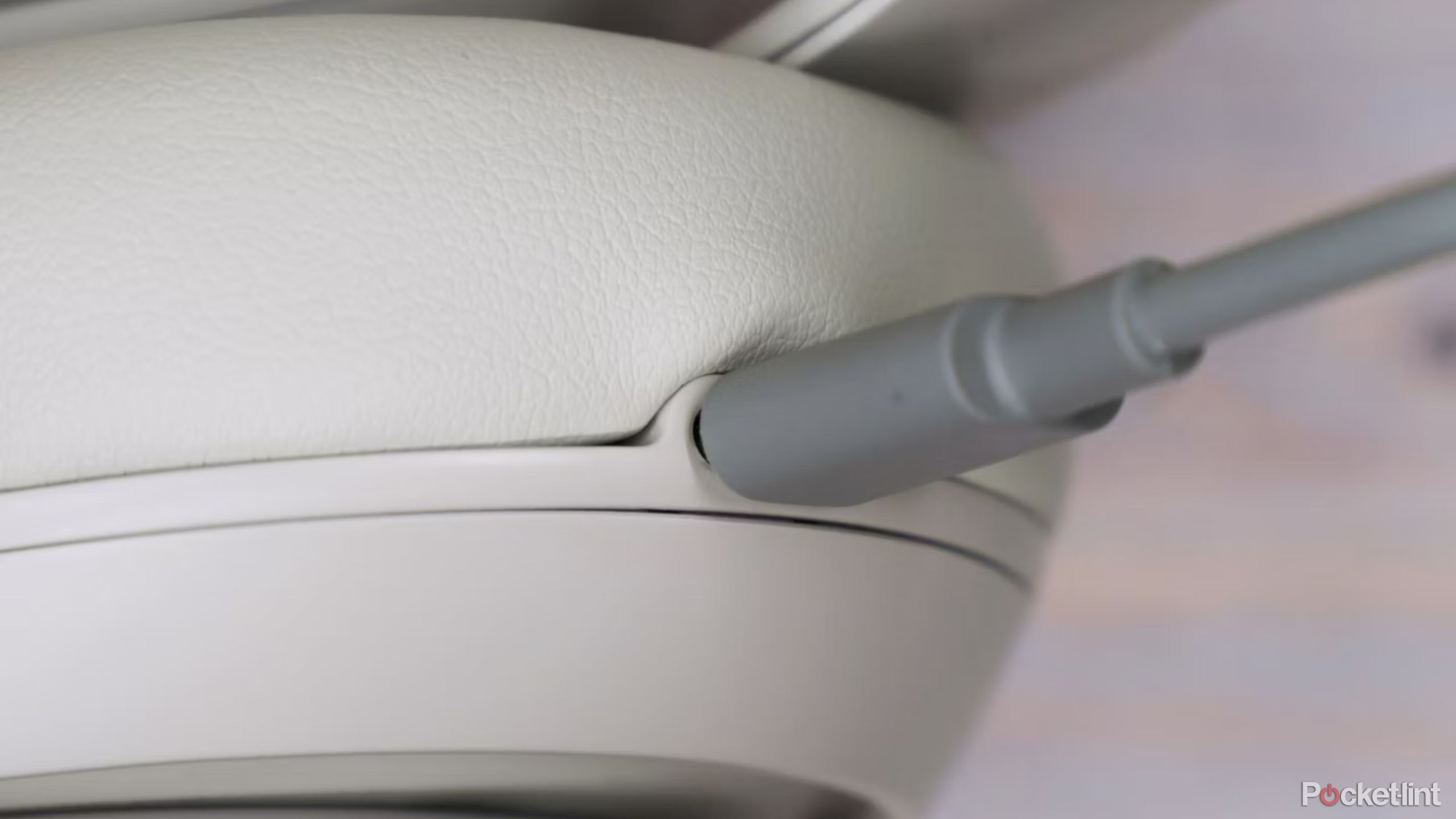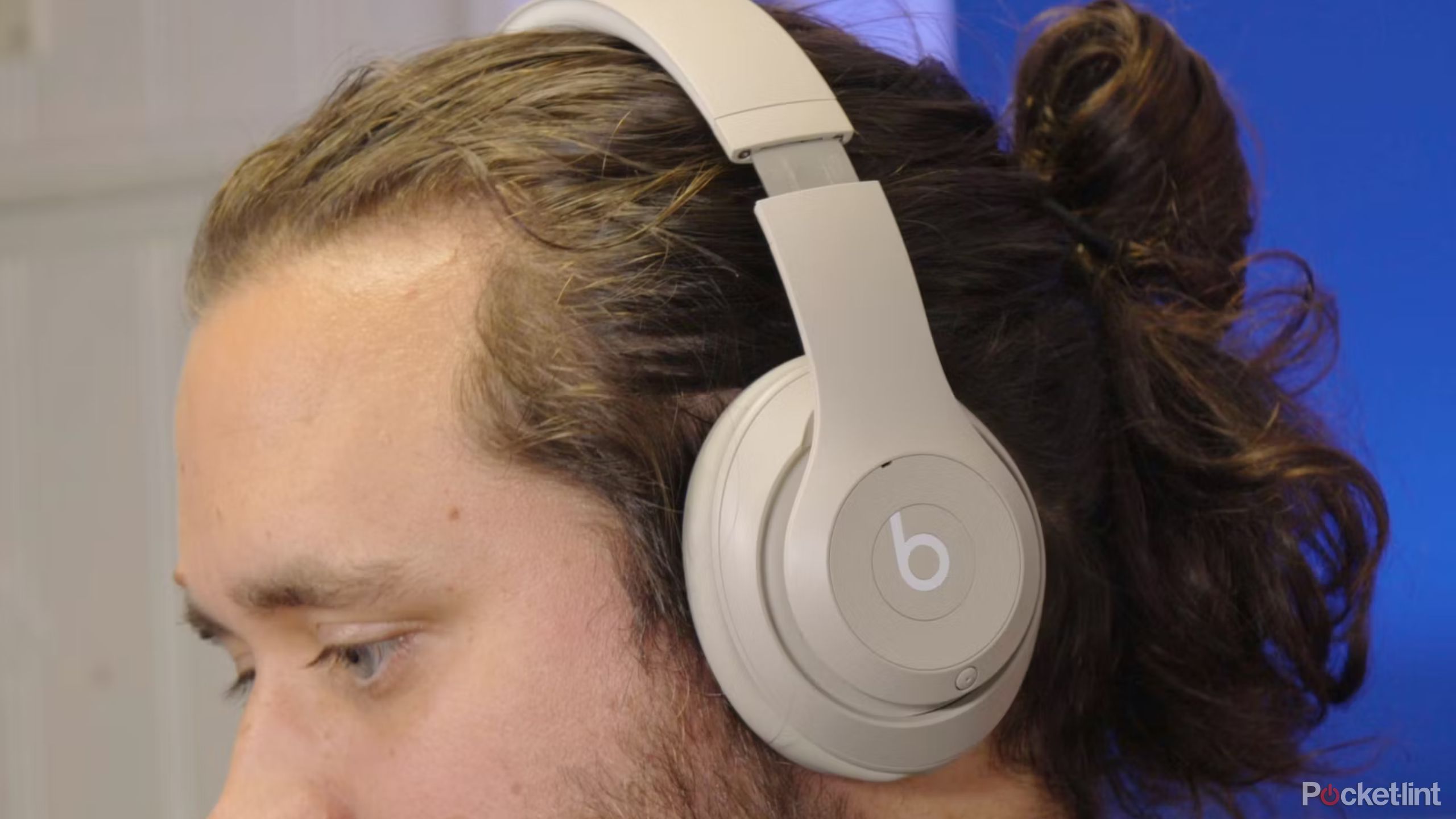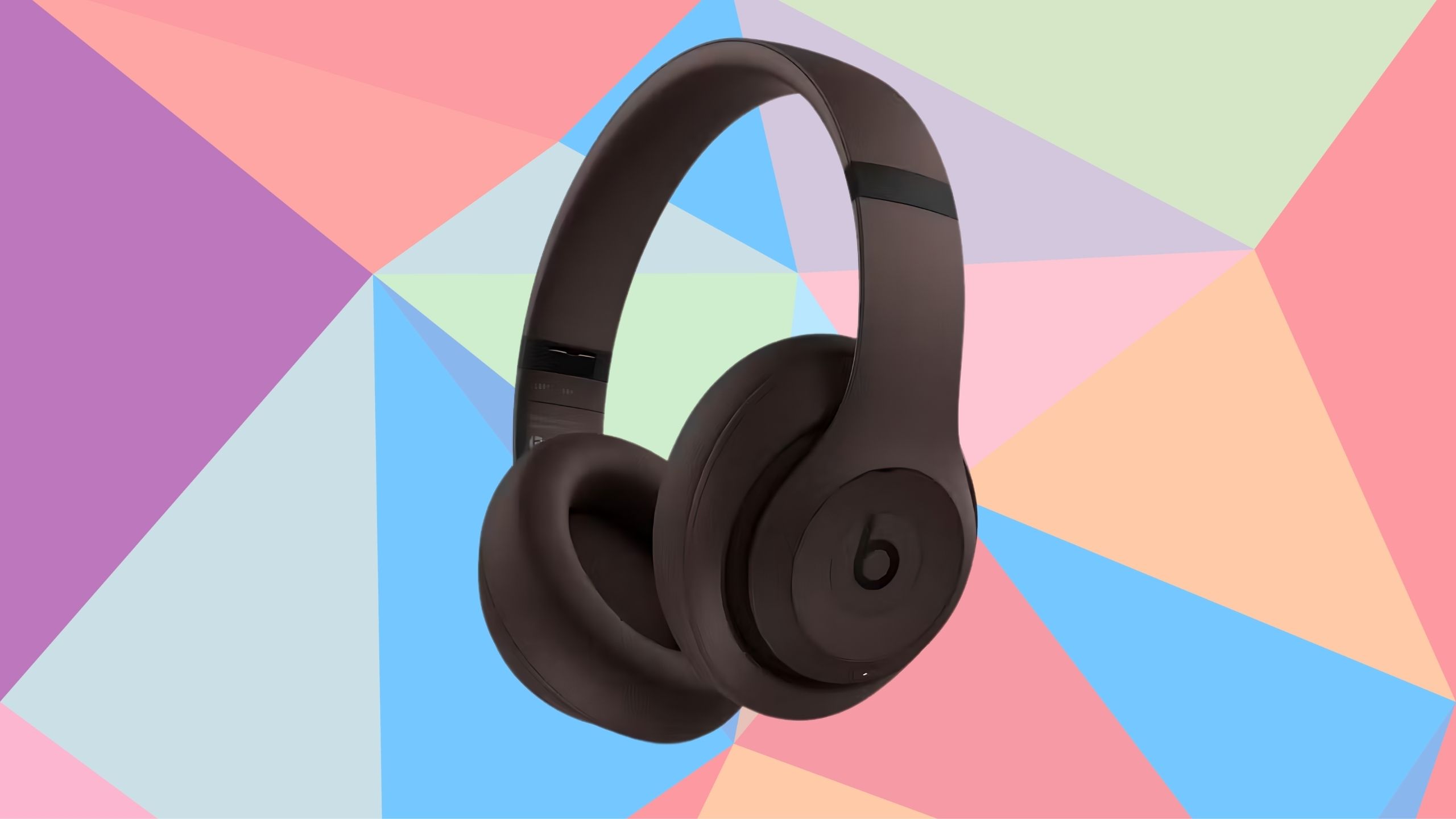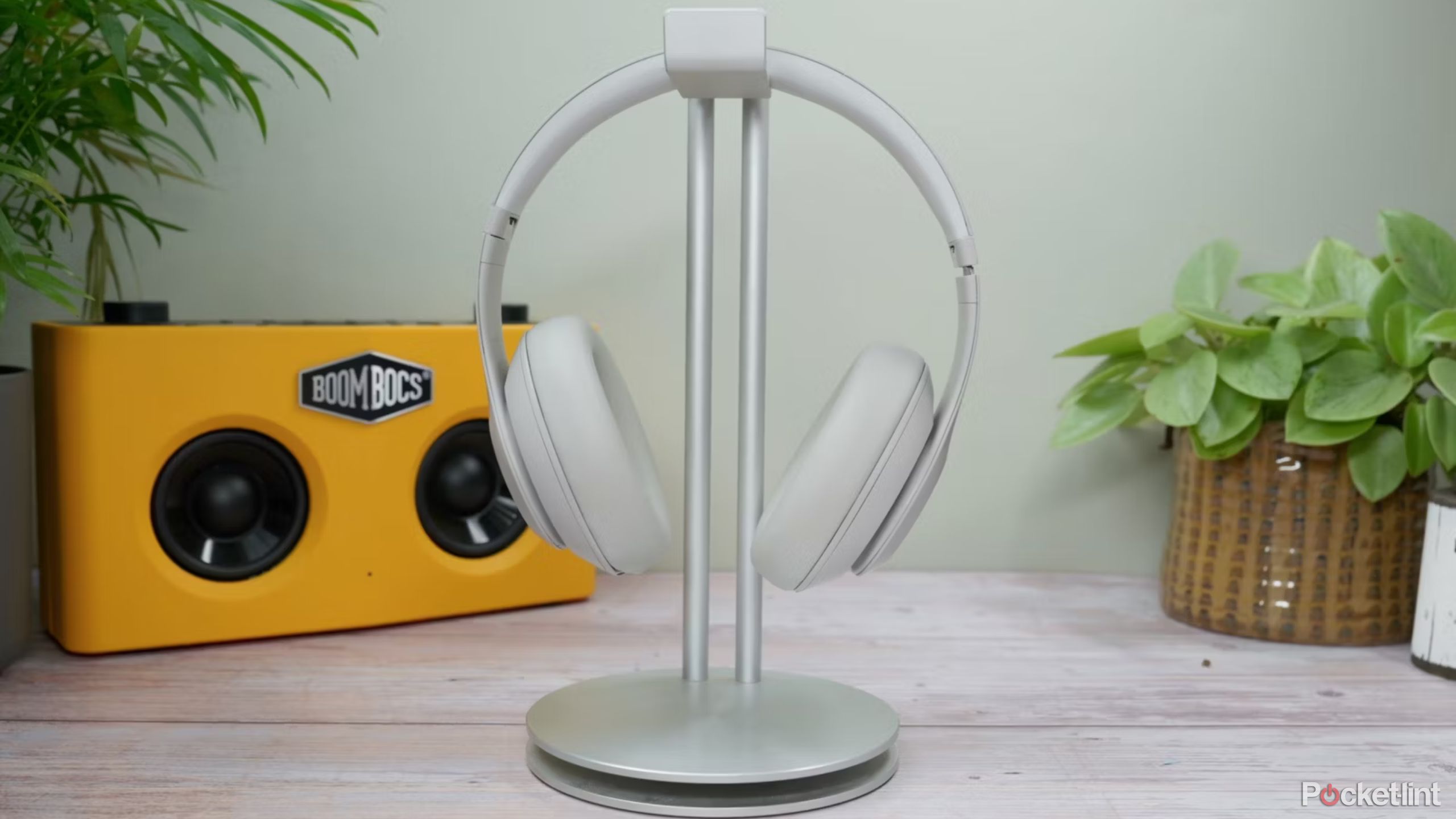Key Takeaways
- Don’t overspend on AirPods Max when Studio Pro offers similar features at a friendlier price point of $350.
- Studio Pro’s multi-platform compatibility with Android devices and USB-C connections provide more value compared to pricey AirPods Max.
- Lighter weight, color variety, and longer battery life make Studio Pro a practical choice for daily use over AirPods Max.
Apple seems to steer headphone buyers towards AirPods over Beats products these days, even though it spent $3 billion buying the Beats brand back in 2014. Why? It’s hard to say for sure, but the big reasons are probably closer platform integration and controlling brand recognition. The company wants shoppers to stay under its main umbrella, whereas Beats products are both named differently and designed to be Android-compatible — there’s no guarantee Beats buyers will stick with iPhones, or even choose one in the first place.
The Max gets a lot more attention — yet there are a few reasons you might choose the Studio Pro.
Perhaps nothing epitomizes this split more than the AirPods Max and the Beats Studio Pro. The Max gets a lot more attention — yet there are a few reasons you might choose the Studio Pro, even if you have an unlimited audio budget. We’ll break those down below.
Best Beats headphones: Affordable audio classics
Beats is a classic for a reason. Here’s a guide to find the wireless headphones or earbuds that work best for you.
1 A friendlier price
A question of value
This is the obvious one. Without discounts, you’re looking at $549 to grab the AirPods Max, whereas the Studio Pro is a penny short of $350. Although the Max is superior in aspects like comfort, build quality, and noise cancelation, it’s not going to be $200 better for many people. You’re spending as much on headphones as you would an Apple Watch or iPhone SE, and even if all your bills are paid, the savings from the Studio Pro could buy you things like a HomePod mini, an Apple TV 4K, or a 3-in-1 wireless charging stand.
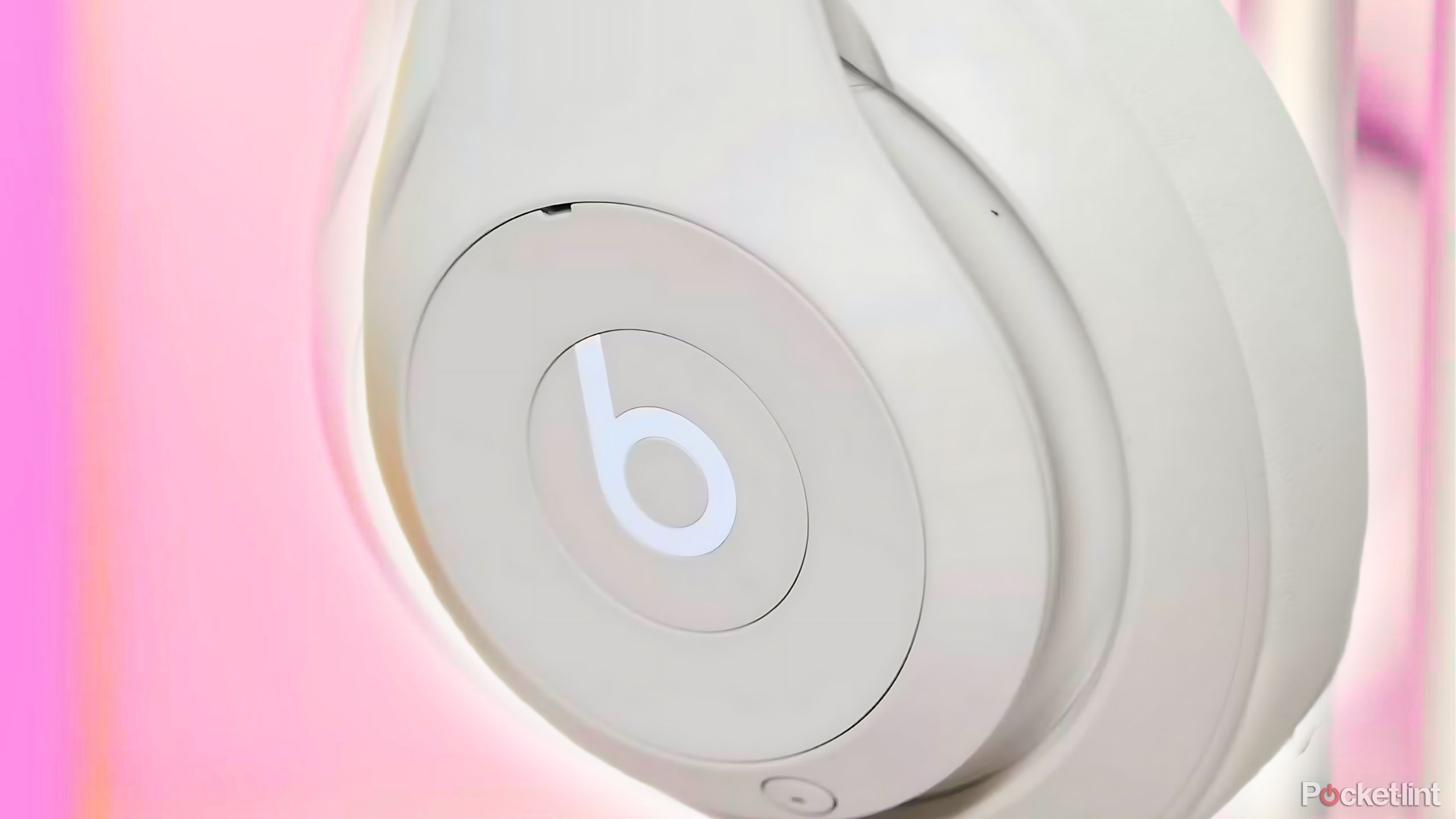
5 Beats Studio Pro features that can level up your listening
Transparency and EQ modes can make a huge difference. Plus, Apple’s built-in FindMy is a game-changer.
Heck, the AirPods Max is arguably overpriced compared to other flagship headphones. If you consider that the top-flight Sony WH-1000XM5 is out there for $400, it’s hard to justify the Max on the grounds of looks or Apple fandom.
2 Multi-platform compatibility
Don’t get stuck in the Apple ecosystem
While you can technically pair the AirPods Max with an Android device, that’s not the best idea. Under that scenario, you can’t take advantage of Apple-exclusive features like Handoff or Spatial Audio, and there are plenty of other high-end alternatives that are more Android-friendly. The Studio Pro specifically supports Android technologies like Google Fast Pair, Audio Switch, and Find My Device, mirroring equivalent features available to Apple users. About the only thing exclusive to Apple devices paired with the Pro is Spatial Audio support, which some people are ambivalent about anyway unless they watch a lot of movies and TV shows mixed in Dolby Atmos. You may not care that much about surround sound effects.

Does Dolby Atmos actually sound any better? Here’s what it can do
Dolby Atmos takes surround sound to another level and gives you cinematic sound from the comfort of your home.
3 USB-C and 3.5mm connections
Expand your listening choices
For as advanced as the AirPods Max is otherwise, and as much as it costs, the only wired port it features is a Lightning connector for charging. It’s a little insulting, since USB-C has been on the market for years, and would let listeners experience the full fidelity of lossless audio.
A wired port means being able to connect to Windows PCs without losing your Bluetooth pairing on mobile devices.
The Studio Pro uses its USB-C port for both charging and input, and in fact offers three EQ presets for USB audio: Beats Signature, Entertainment, and Conversation. The first is the default — Entertainment boosts certain elements for games and movies, while Conversation is intended for voice calls and podcasts.
You do lose active noise cancelation (ANC) when listening this way, but that may not be such a hard tradeoff with over-the-ear headphones. On top of that, a wired port means being able to connect to Windows PCs without losing your Bluetooth pairing on mobile devices.
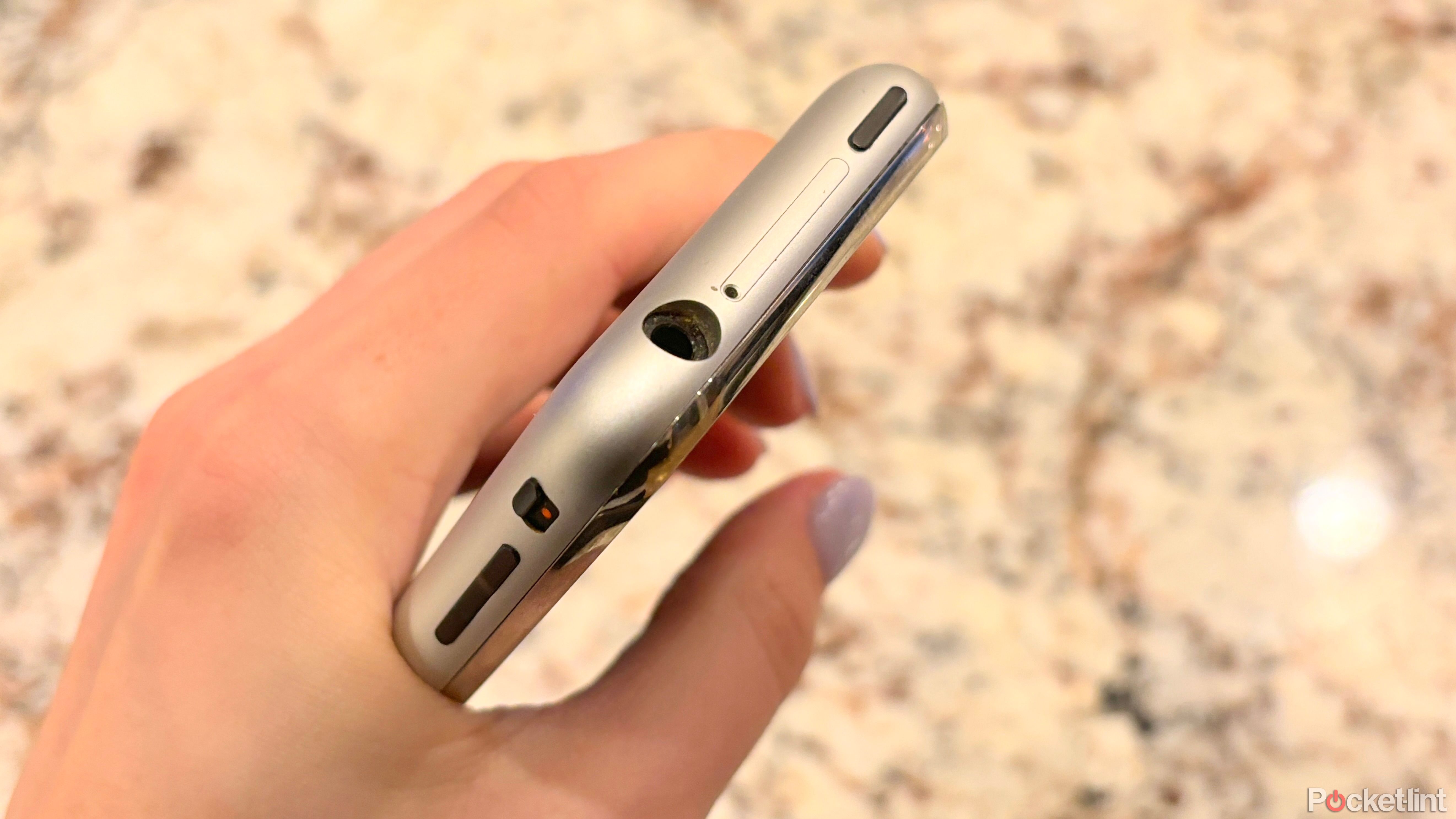
Why removing the headphone jack was bad for wired headphones
Opinion: But it’s not too late — not even the biggest companies can destroy a 140-year old port.
3.5mm audio isn’t as common as it used to be, partly due to Apple’s “bravery” with the iPhone, but having a compatible jack means being able to connect to everything from modern gaming PCs to old iPods and vinyl players. Treasure this feature while Apple still has it somewhere in its lineup.
4 Lighter weight
Better for long-term comfort
The Studio Pro is primarily built out of plastic, but there’s a reason — weight. It comes in at 9.17 ounces, or about 260 grams. The AirPods Max weighs 13.6 ounces (348.8 grams), which might not sound like a huge leap until you put it on.
People frequently complain that the Max is less comfortable to wear over extended periods of time, so it may not be the best choice for the gym or working at home.
People frequently complain that the Max is less comfortable to wear over extended periods of time, so it may not be the best choice for the gym or working at home. Not that we’d recommend wearing either product for exercise, if you’re playing it safe — they don’t have an IP water resistance rating, so rain or sweat could eventually destroy their electronics. The people you see wearing them at the squat rack are rolling the dice.
1:02
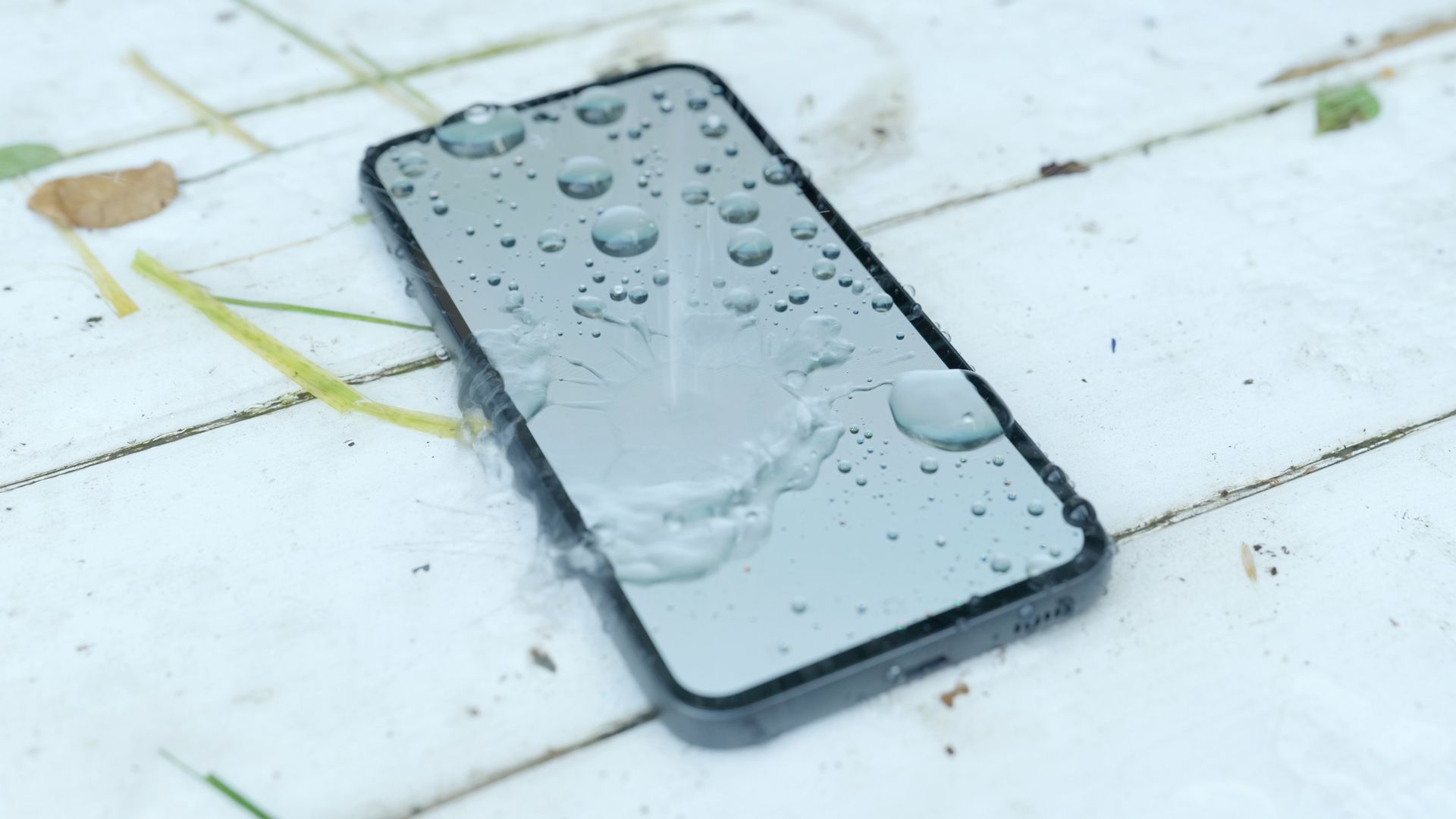
Dust and water IP ratings: What does IP68 really mean?
Your phone, wearables, earbuds and other devices come with a code to tell you how waterproof it is — but what do these codes even mean?
5 Color options
A matter of taste
Apple/ Pocket-lint
This one is purely subjective, but Studio Pro’s four color options — Sandstone, Navy, Deep Brown, and Black — might better match your personal aesthetics, especially if you prefer muted tones to anything flashy.
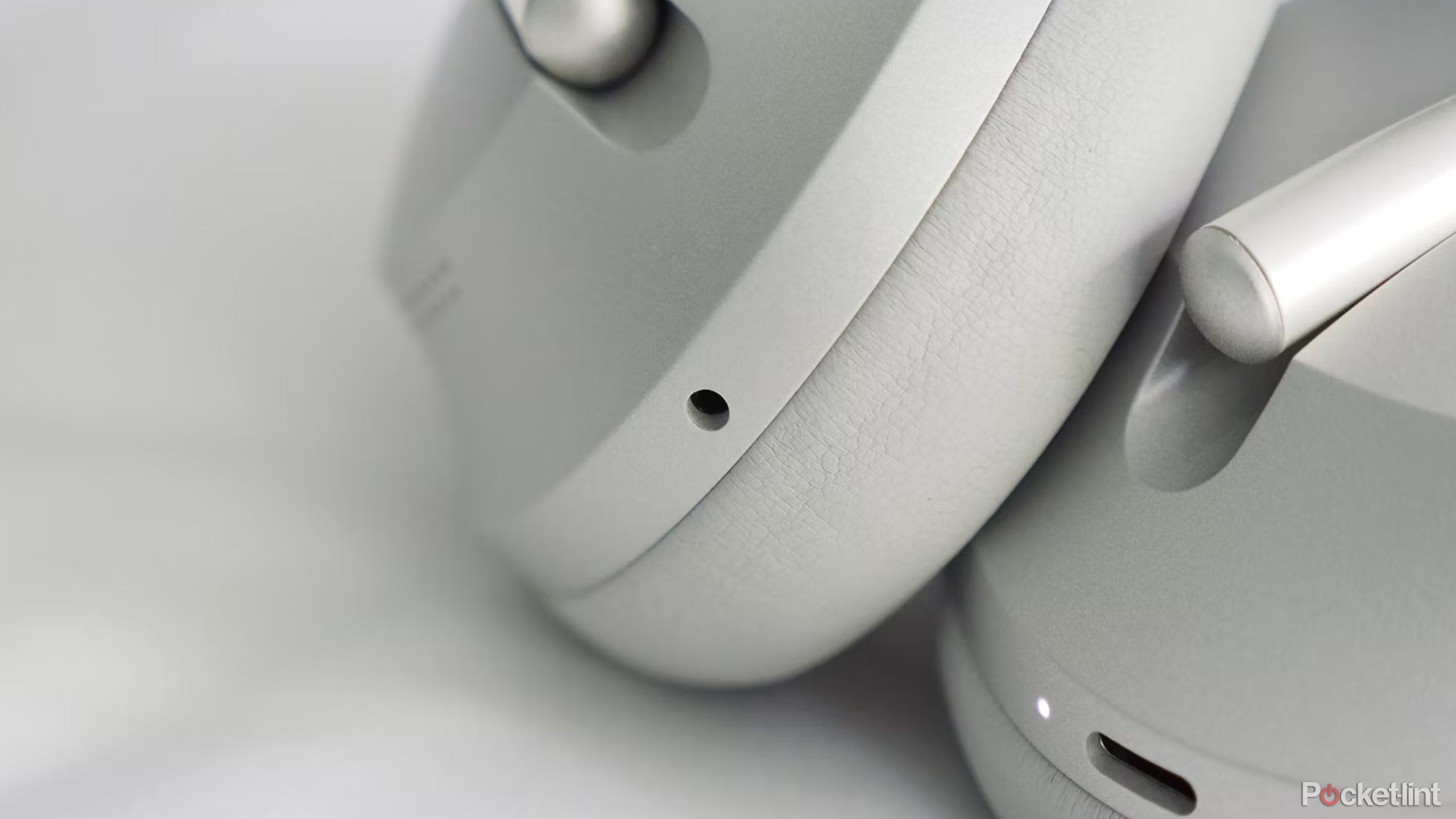
3 AirPods Max alternatives that are just as trendy
Apple’s AirPods Max are the over-ear headphones of the moment, but they’re not the only sleek and powerful options.
The AirPods Max is sold in two-tone Silver, Space Grey, Sky Blue, Pink, and Green versions, and even if you choose Silver or Space Grey, their metallic sheen screams “look at my expensive headphones.” It’s up to you whether you’re willing to embrace that.
6 Battery life
Get up to a full work week’s worth of listening
Even with its ANC or Transparency modes on, the Studio Pro delivers up to 24 hours of playtime. The AirPods Max isn’t far behind at 20 hours, but that gap could mean the difference between needing to charge before a road trip or a cross-country flight. If you’re using your headphones at the office, it could mean having to charge every two days instead of three if you want enough breathing room.
If you’re willing to sacrifice ANC and Transparency, you can push the Studio Pro up to 40 hours.
If you’re willing to sacrifice ANC and Transparency, you can push the Studio Pro up to 40 hours. That’s a full work week for many people if you don’t include commuting — and needless to say, plugging in headphones tends to be low on the priority list after a hard day on the job. Extended battery life could be a lifesaver (read: sanity saver) if you often forget to charge your devices.
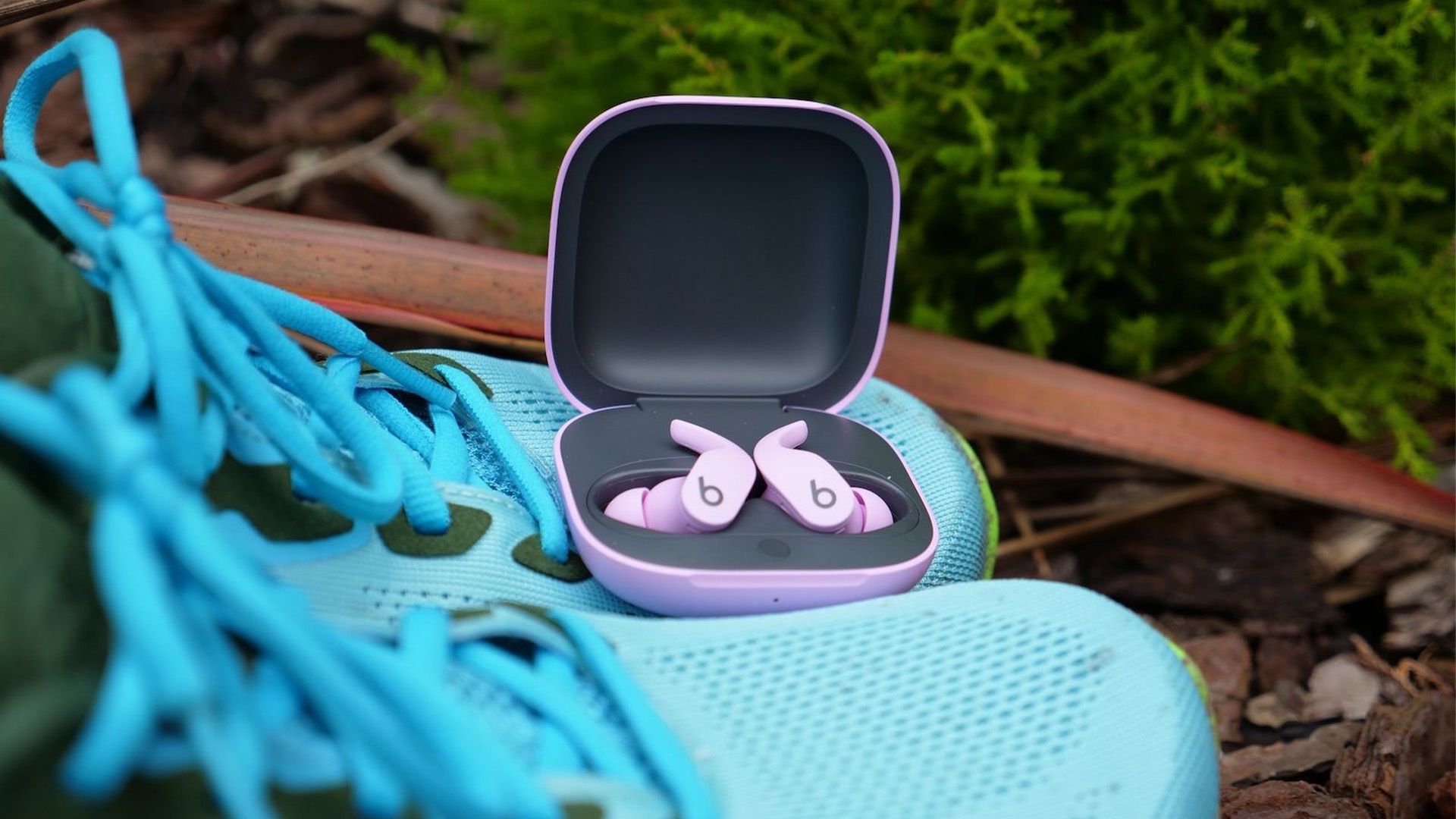
Best workout headphones: Expert tested and reviewed
Our sweat sessions have shown that these workout headphones withstand any exercise.
FAQ
Q: How risky is it to wear the Beats Studio Pro at the gym, really?
You’re automatically taking a gamble, if nothing else. As mentioned, the Studio Pro doesn’t have a water resistance rating, so sweat could potentially make its way into the circuitry. If that happens, your $350 headphones are toast. An AppleCare warranty isn’t going to cover it either, since it’s abuse on your part.
That said, it’s not uncommon to see people wearing the Pro when running or lifting weights. They may be getting away with it because of the headphones’ over-the-ear design — there’s less direct skin contact, unlike wireless earbuds that fit inside your ear canal. It’s also possible that Apple has engineered some water resistance but chosen not to pay for IP certification.
Trending Products

Cooler Master MasterBox Q300L Micro-ATX Tower with Magnetic Design Dust Filter, Transparent Acrylic Side Panel…

ASUS TUF Gaming GT301 ZAKU II Edition ATX mid-Tower Compact case with Tempered Glass Side Panel, Honeycomb Front Panel…

ASUS TUF Gaming GT501 Mid-Tower Computer Case for up to EATX Motherboards with USB 3.0 Front Panel Cases GT501/GRY/WITH…

be quiet! Pure Base 500DX Black, Mid Tower ATX case, ARGB, 3 pre-installed Pure Wings 2, BGW37, tempered glass window

ASUS ROG Strix Helios GX601 White Edition RGB Mid-Tower Computer Case for ATX/EATX Motherboards with tempered glass…



